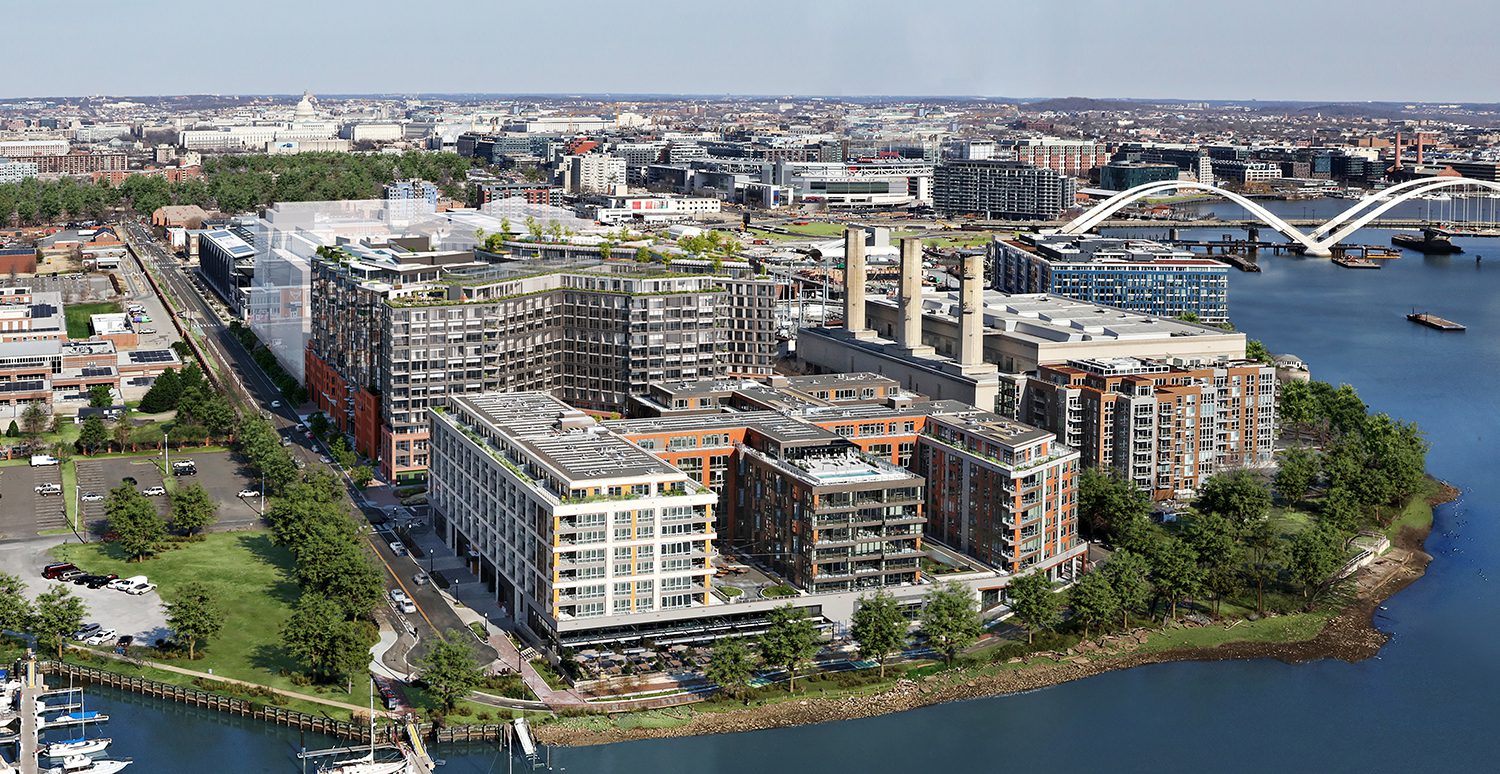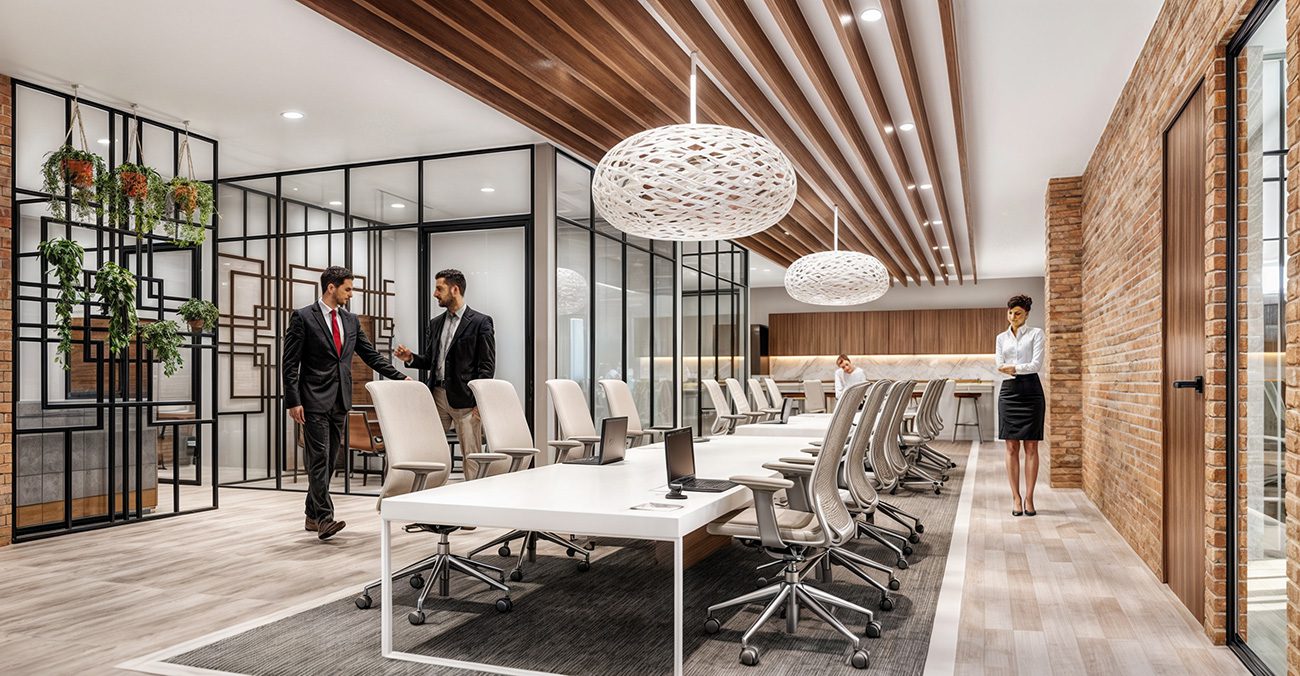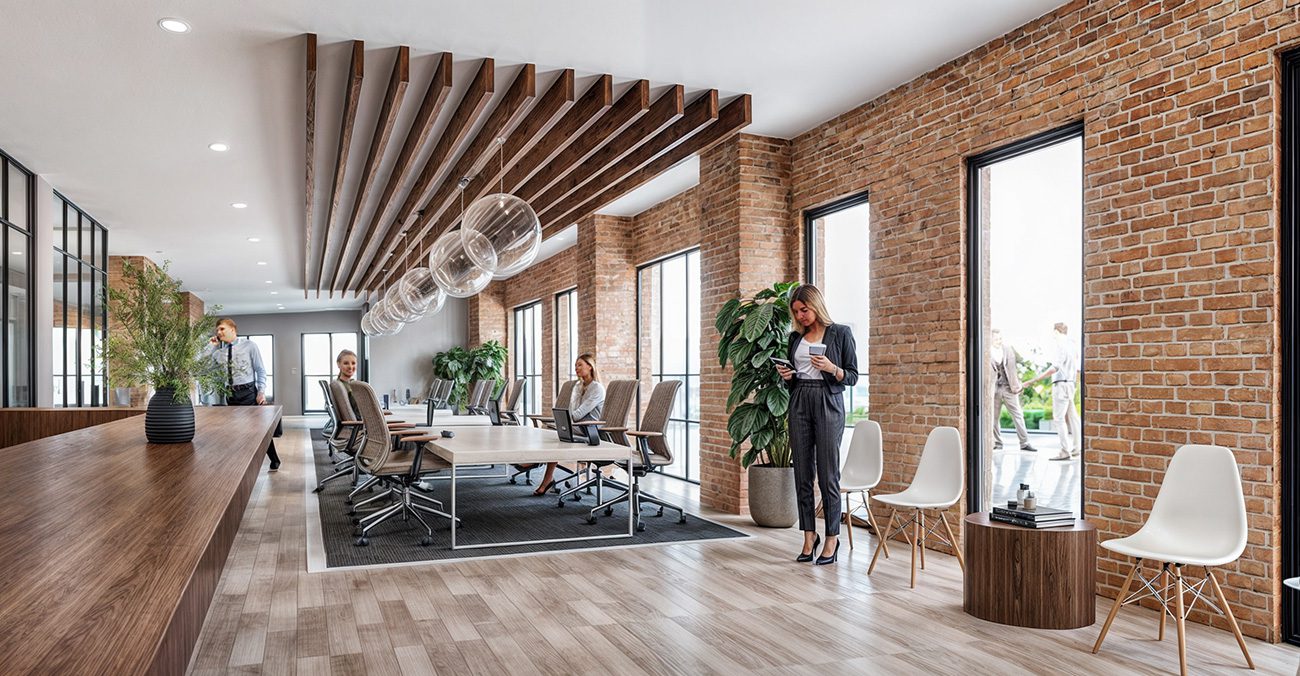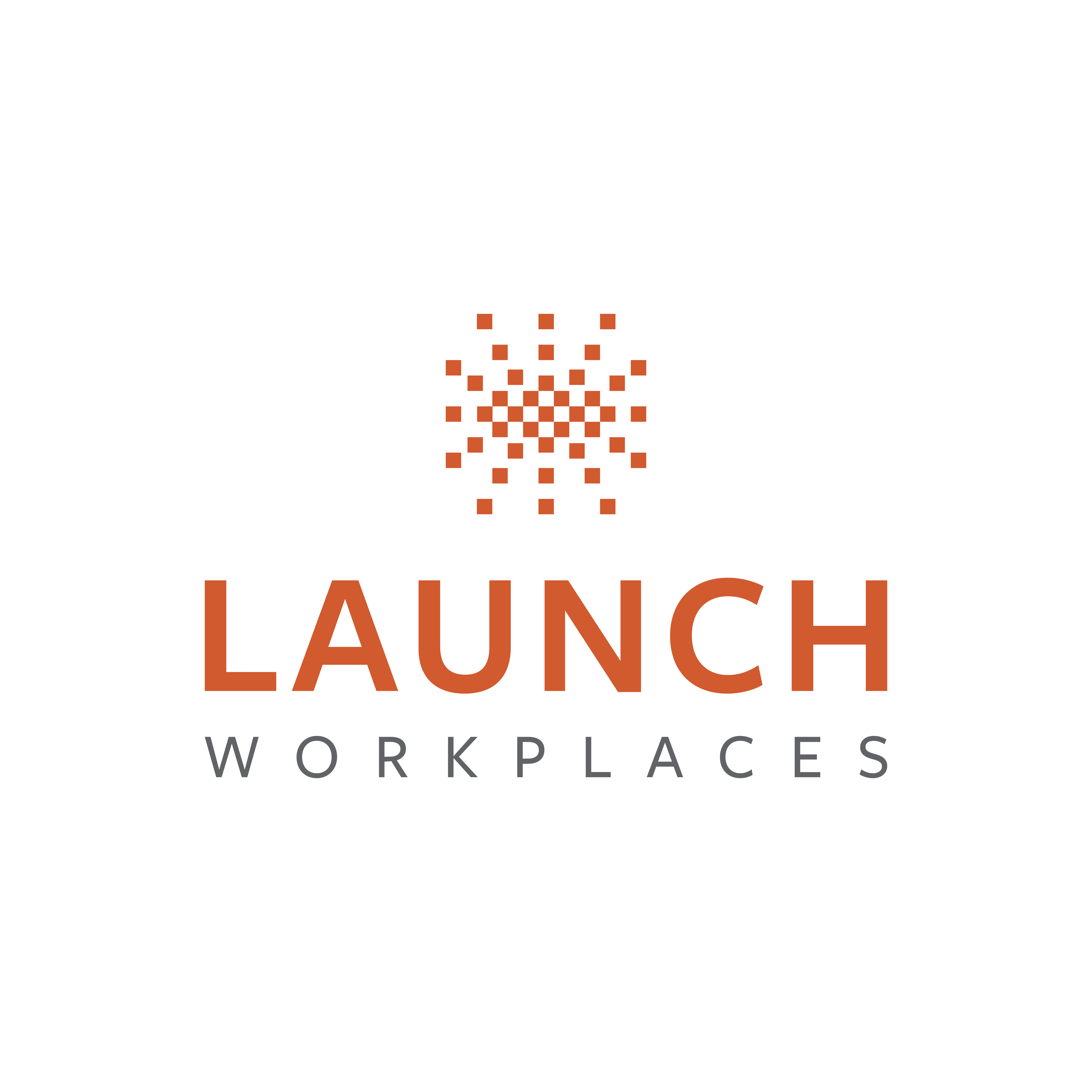
Washington, DC’s Buzzard Point is becoming a magnet for forward-thinking businesses, investors, and development.
One powerful designation is helping to drive that momentum:
It’s in a designated Opportunity Zone.
If you’re launching, running, or expanding a business in Washington, DC, understanding how Opportunity Zones work and how to use them to your advantage can open the door to growth capital, long-term tax efficiency, and a stronger strategic position.
Launch Workplaces at The Stacks sits right in the middle of it all.
Opportunity Zones 101: What they are and why DC businesses should care

Established as part of the 2017 Tax Cuts and Jobs Act, Opportunity Zones are designed to drive long-term investment into underserved areas. There are 25 of them in DC. Buzzard Point is one of them.
Here’s how the program works:
- Investors who reinvest capital gains into a Qualified Opportunity Fund (QOF) can defer and potentially reduce their tax burden
- These funds must invest in businesses or real estate located within Opportunity Zones
- The longer the investment is held, the better the tax incentives—up to zero capital gains tax if the investment is held for 10+ years
So, while the tax advantages don’t automatically go to operating businesses just for being located in an OZ, they can be a powerful magnet for investment into those businesses if the business meets certain criteria.
How your business could tap into Opportunity Zone benefits (and what it takes)

This is where it gets more nuanced.
Most of the tax incentives from the Opportunity Zone program are aimed at investors, not business operators.
But there are two big ways your business might benefit.
1. You receive capital investment from a QOF
To be eligible, your business must qualify as a Qualified Opportunity Zone Business (QOZB). This comes with a few parameters:
- At least 70% of the business’s tangible property must be used in the Opportunity Zone
- At least 50% of gross income must come from active business operations in the zone
- A significant portion of intangible property (like IP or tech) must be used within the zone
QOF investors are often seeking real estate projects, but there’s a growing appetite for high-potential operating businesses, especially those with solid local roots, job creation potential, and growth stories.
If you meet the criteria, this could be an attractive funding path.
2. You invest your own capital gains into your business
If you’ve recently had a liquidity event (like selling a business or property), you may be able to create your own QOF and reinvest those capital gains into your new or growing business at Buzzard Point.
This route is complex but doable—and could come with substantial long-term tax savings. You’ll need to:
- Establish a properly structured QOF
- Reinvest capital gains within 180 days
- Ensure your business qualifies as a QOZB under IRS rules
If this sounds like you, speak to a qualified tax professional or legal advisor familiar with Opportunity Zone compliance.
Not seeking investment? You still have strategic advantages in Opportunity Zones
Even if you’re not raising capital through a QOF or rolling over gains, being located in an Opportunity Zone like Buzzard Point can still be a strategic advantage.
Here’s how.
HUBZone federal contracting
Buzzard Point is also in a HUBZone (Historically Underutilized Business Zone). This opens up access to federal contracting set-asides for businesses that:
- Are majority-owned by U.S. citizens
- Have their principal office in a HUBZone
- Employ at least 35% of staff who live in any HUBZone
If you meet those requirements, you can gain a competitive edge when bidding on federal contracts.
CBE program + DC-specific incentives
DC’s Certified Business Enterprise (CBE) program can layer on additional benefits if you’re a DC-headquartered company.
These include:
- Preference points on government contracts
- Access to set-aside funding and procurement opportunities
- Waived or reduced fees for certain licenses or permits
In many cases, stacking HUBZone and CBE certifications can dramatically boost your visibility in DC’s procurement ecosystem.
Why Buzzard Point—and why now?
Buzzard Point isn’t just an Opportunity Zone on paper. It’s undergoing one of the most dramatic transformations in the city.
The June 2025 ribbon-cutting for Phase 1 of The Stacks marked a turning point: over 1,100 residential units, 40,000 square feet of retail, and 22,000 square feet of public green space are now open, with more on the way.
Launch Workplaces’ 11,000-square-foot space is part of that momentum.
Being here puts your business at the crossroads of growth, capital, talent, and policy. And that’s not just a future promise—it’s already happening.
Get an address that’s also an asset at Launch Workplaces in The Stacks
The Opportunity Zone program isn’t a magic wand—and it’s often misunderstood. But for the right kind of business owner, with the right guidance, it can open doors to growth capital, long-term tax efficiency, and strategic positioning in a city that rewards staying power.
That’s where Launch comes in.
Setting up at Launch Workplaces at The Stacks helps you satisfy key location-based criteria that can support QOZB eligibility, HUBZone compliance, and CBE certification—while giving you a fully equipped, professional office presence in the middle of one of DC’s most energized neighborhoods.
Launch Workplaces at The Stacks isn’t just a place to work. It’s a launchpad in every sense of the word.
If you’re ready to build in Buzzard Point, surrounded by opportunity (and not just in name), we’d love to show you around.



